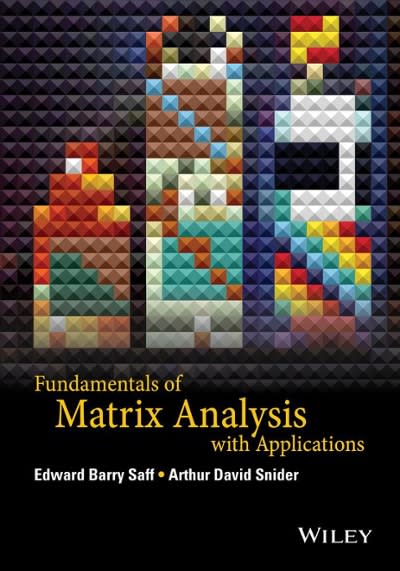Answered step by step
Verified Expert Solution
Question
1 Approved Answer
If A and B are independent events with P(A) = 0.65 and P(A B) = 0.29, then P(B) is equal to Probability that a family
- If A and B are independent events with P(A) = 0.65 and P(A B) = 0.29, then P(B) is equal to
- Probability that a family has a car, has a bike, has both a car and a bike is equal to 0.61, 0.25, 0.08 respectively. If we randomly choose a family, calculate the following probabilities:
Probability that the family does not have a car.
Probability that the family has at least one of them.
Step by Step Solution
There are 3 Steps involved in it
Step: 1

Get Instant Access to Expert-Tailored Solutions
See step-by-step solutions with expert insights and AI powered tools for academic success
Step: 2

Step: 3

Ace Your Homework with AI
Get the answers you need in no time with our AI-driven, step-by-step assistance
Get Started


